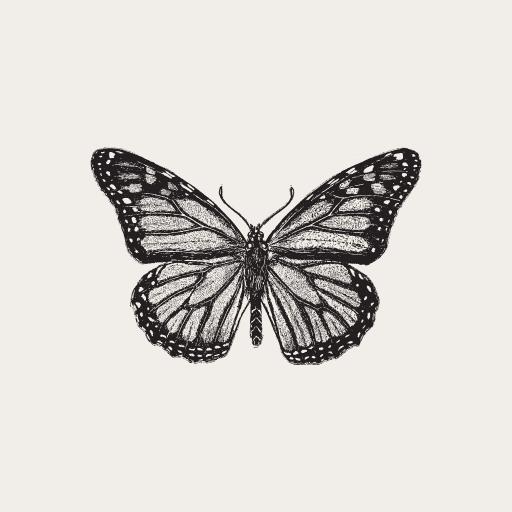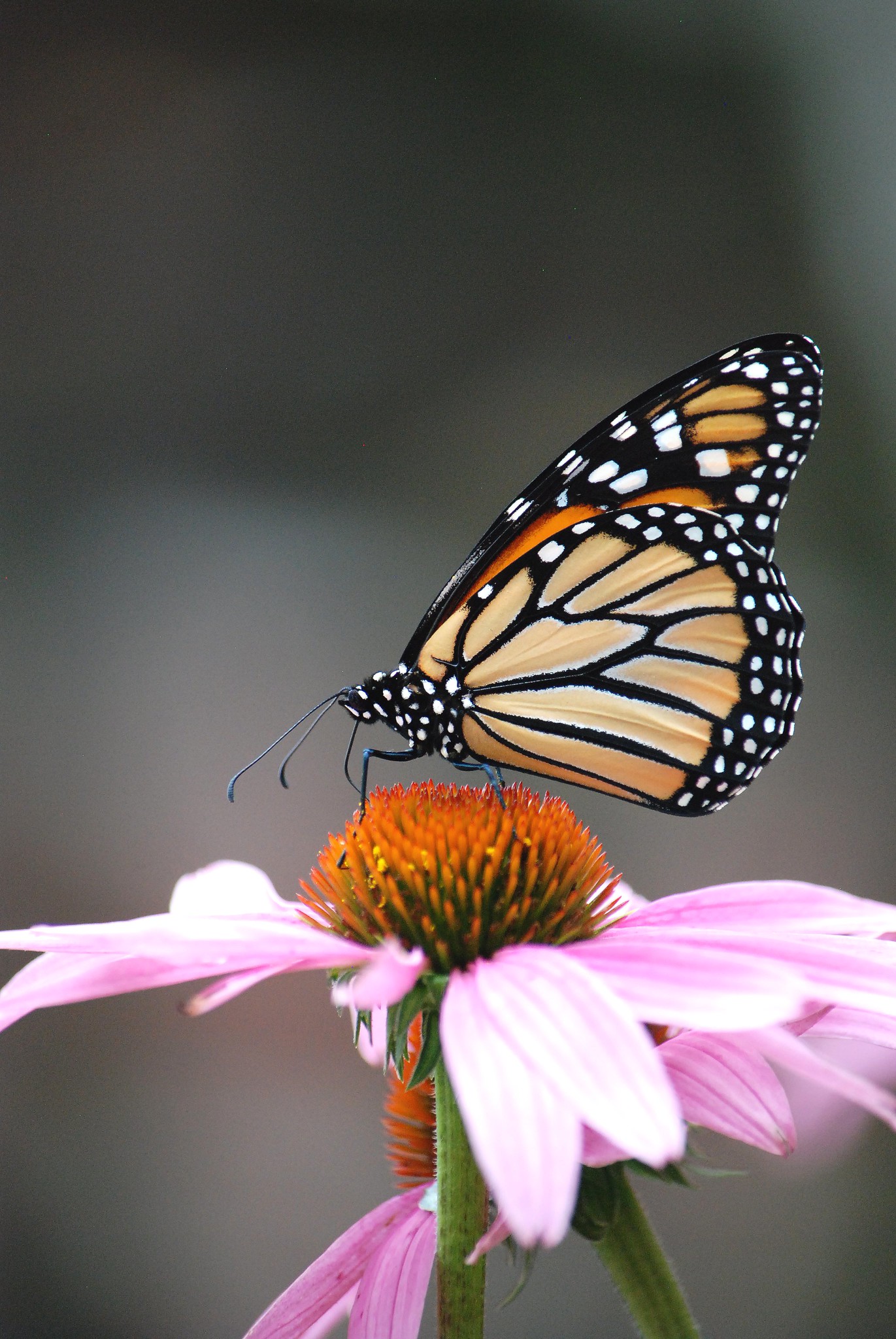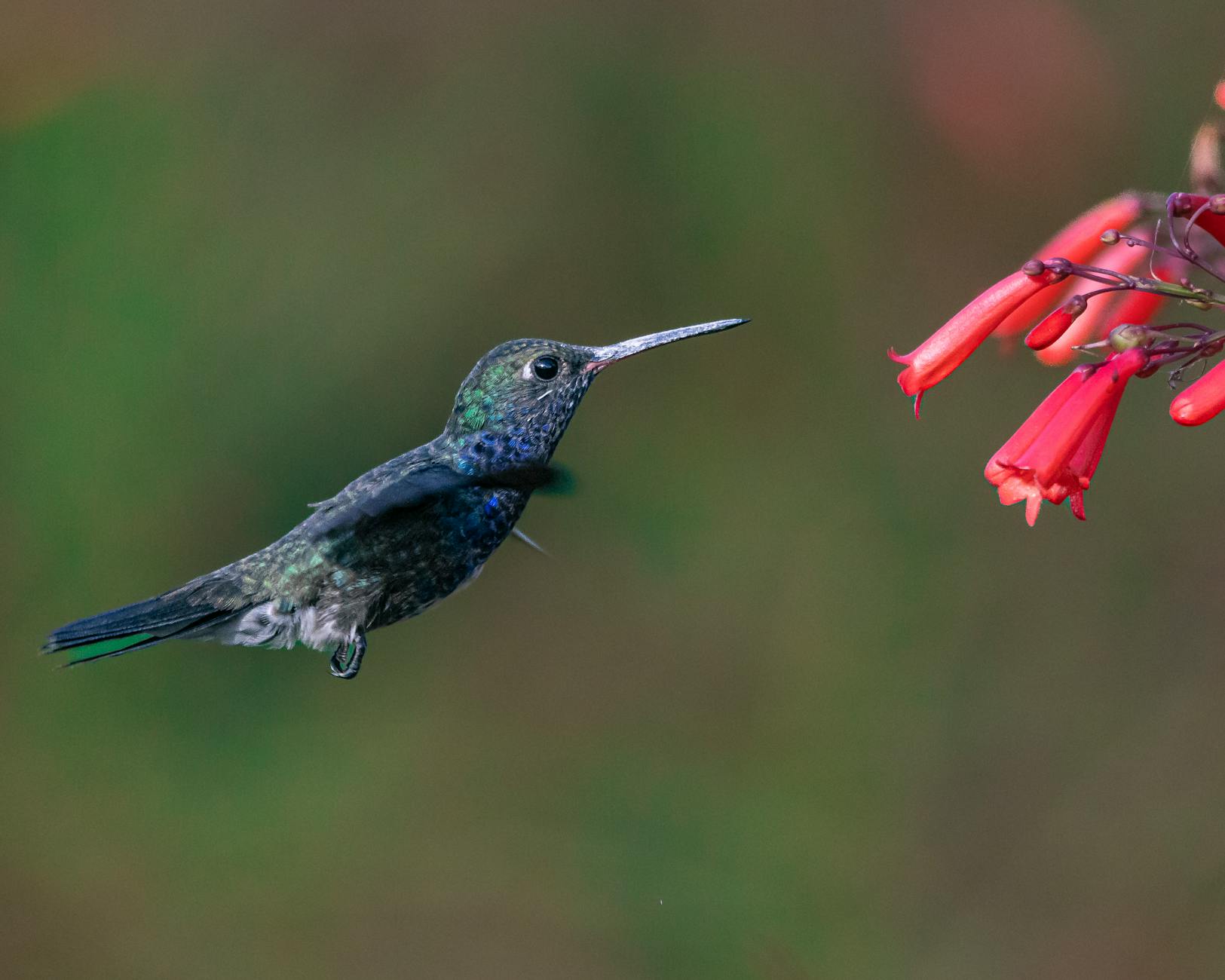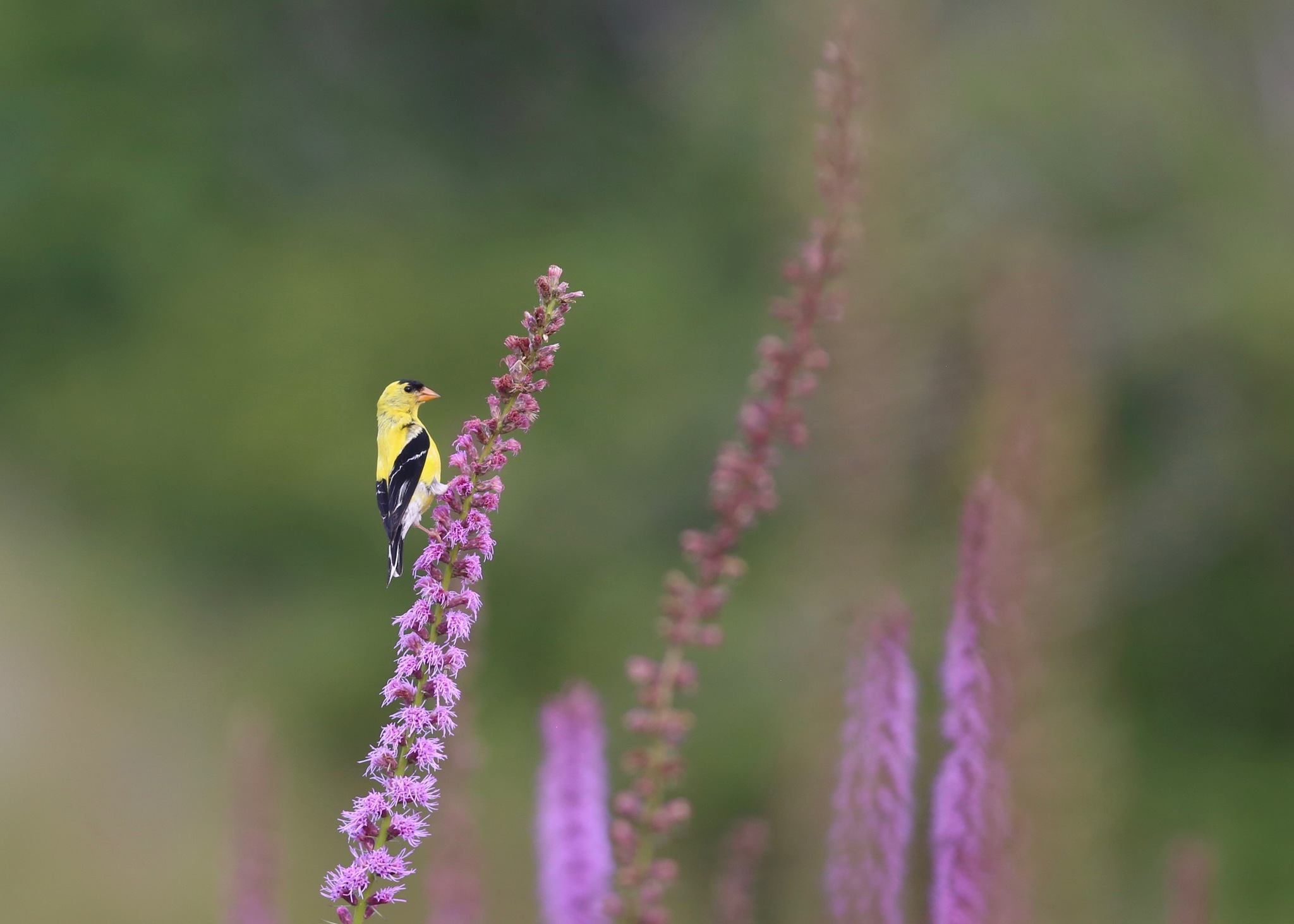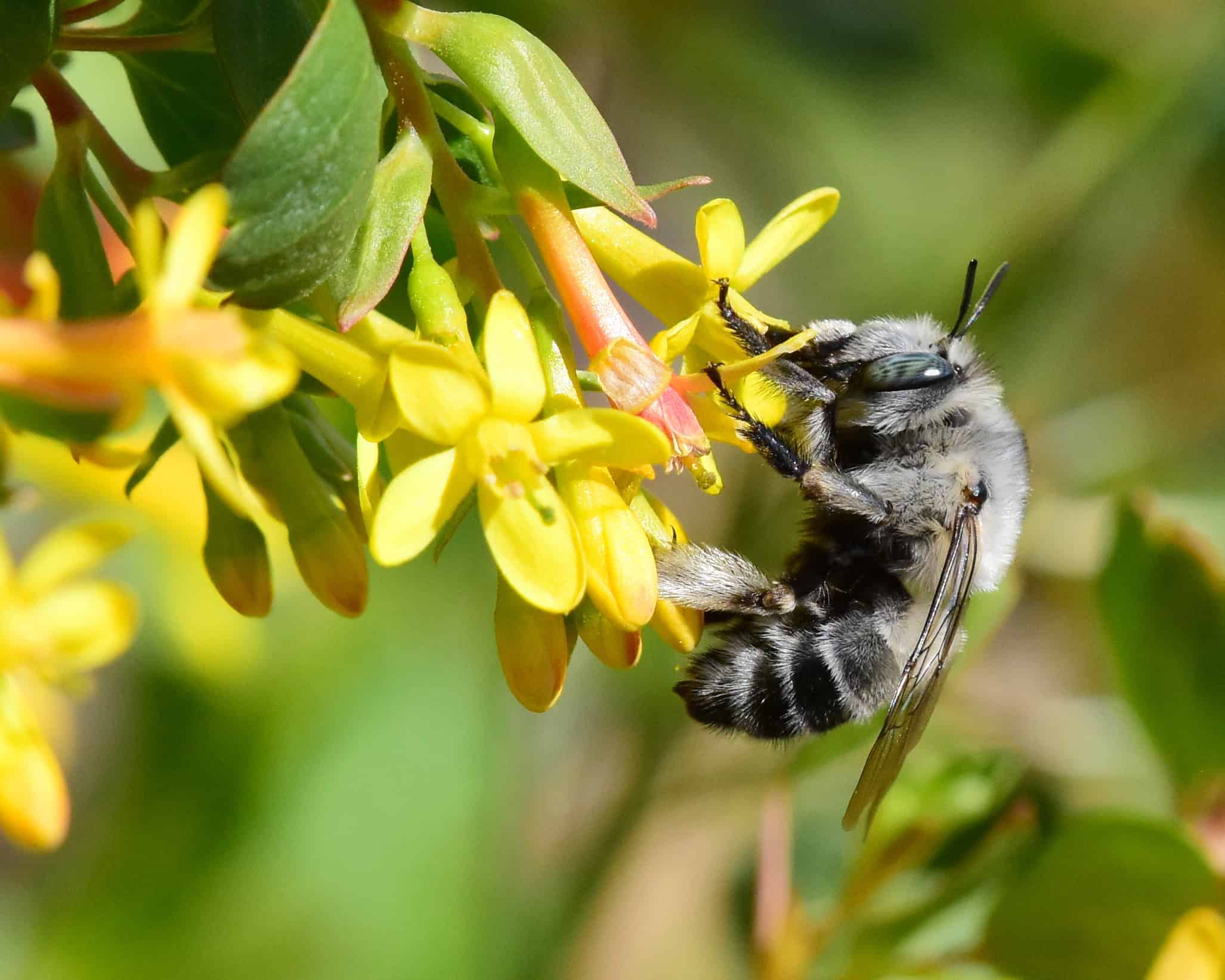How to create a layered, bio-diverse garden.
Creating a landscape that is as beautiful as it is beneficial to the environment is not just a dream—it’s entirely possible, and it begins with designing your garden in a way that supports and nurtures the creatures that call it home. A bio-diverse garden, full of native plants and thoughtful layers, is a space where wildlife can thrive, whether it’s the birds chirping in the trees, the bees buzzing among the flowers, or the butterflies fluttering from bloom to bloom.
In this article, I’ll walk you through how to design your garden with layers, a strategy that mimics nature’s own balance and encourages a thriving, diverse ecosystem. Together, we’ll explore how to plant for pollinators, birds, and small mammals while creating a peaceful, aesthetic space that speaks to your love for nature and art.
Understanding the Basics of a Bio-Diverse Garden
A bio-diverse garden isn’t just a collection of pretty plants—it’s a thoughtfully planned ecosystem where each element plays a role. When we talk about bio-diversity, we’re referring to the variety of life in an environment. The goal is to support different species of plants, insects, birds, and mammals, all living in harmony and helping each other. Native plants are the backbone of this system because they’ve evolved alongside the wildlife in your area, providing the right resources at the right times.
But how do you build a garden like this? The key is in layering. Nature’s own ecosystems—forests, prairies, wetlands—are all structured in layers. In a garden, this translates to creating multiple levels of plants that work together to provide shelter, food, and protection for various creatures.
Designing with Layers – Building a Multi-Tiered Garden
Layer 1: Trees (Canopy)
Start with the largest layer—the canopy. Tall trees provide the highest level of shelter, offering shade and nesting space for birds, insects, and mammals. They also play an important role in stabilizing the ecosystem by producing oxygen and cleaning the air.
For native trees, think about species like oaks, maples, and birches. Oaks, for example, are fantastic for attracting wildlife—they provide acorns for squirrels and birds, and their branches host a variety of insect species.
Layer 2: Shrubs and Bushes (Understory)
Next, we move to the understory. This layer is made up of medium-height plants—shrubs and bushes—that fill in the space between the trees and the ground. Shrubs provide food, shelter, and nesting sites for smaller birds, insects, and even small mammals. They can also offer critical windbreaks and act as natural boundaries in your garden.
Native options include serviceberries, viburnums, and spicebush. These plants are well-loved by wildlife for their flowers, berries, and dense foliage. A well-placed shrub can offer birds a safe haven from predators, especially if it’s located near a birdbath or birdhouse.
Layer 3: Herbaceous Plants (Ground Layer)
Herbaceous plants—wildflowers, grasses, and ferns—create the ground layer of your garden. These plants are crucial for pollinators like bees, butterflies, and moths. Many of these species bloom at different times throughout the year, creating a year-round buffet for insects and providing color and texture to your garden.
Consider adding native species like bee balm, black-eyed susans, or wild ginger. These plants don’t just add beauty—they provide food for pollinators and help maintain soil health. The vibrant blooms also offer a wonderful contrast to the more subdued foliage of your trees and shrubs.
Layer 4: Ground Covers and Mulch
The final layer in your bio-diverse garden is the ground cover. This includes low-growing plants, moss, and mulch that help protect the soil, retain moisture, and prevent erosion. Ground covers also provide hiding spaces for insects and small mammals.
Ground covers like creeping thyme, wild strawberries, or mosses are excellent choices. Not only are they beautiful, but they can act as a living mulch, breaking down to improve soil quality.
Planting with Purpose – Creating Habitat for Wildlife
It’s not just about adding layers—it’s about selecting the right plants for the right wildlife. Native plants support specific wildlife needs, such as nectar, berries, seeds, and shelter. Think about planting a mix of plants that provide food sources throughout the year. For example, late-blooming asters and goldenrods will offer food for pollinators well into the fall, while early-blooming crocuses and violets will help pollinators wake up after the winter.
If you’re interested in creating a bird-friendly garden, incorporate plants like sunflowers and elderberries that offer both food and shelter. For butterflies, focus on host plants like milkweed and lead plant that their larvae can feed on.
Water features, like birdbaths or ponds, are also a wonderful addition to any garden. Not only do they provide drinking water, but they offer a safe place for amphibians to breed and small birds to bathe. You can even add a small fountain or water basin that doubles as a drinking station and bird bath.
Creating Year-Round Habitat
A layered garden is a year-round habitat, and it’s important to think about how your design can support wildlife throughout the changing seasons. Native plants that produce seeds or berries can provide food for birds in the winter, while standing grasses and seed heads can be a food source for small mammals. Leave seed heads and stems in place during the colder months so that insects can take shelter.
Keeping a few areas of your garden a little “wild” during the winter months can be just as valuable as the vibrant flowers of spring. This approach gives insects a chance to overwinter and birds a place to forage for food.
Practical Tips for Designing a Wildlife-Friendly Landscape on a Budget
Starting a bio-diverse garden doesn’t have to be expensive. There are plenty of affordable ways to make your landscape a haven for wildlife. Start small by planting one section of your garden or adding a few key species to a smaller area. You can often find native plants through local plant sales, community groups, or native plant societies.
If cost is a concern, consider growing some plants from seed. Many wildflowers and grasses are easy to start at home, and you can always trade seeds with other gardeners. Mulching with organic material like leaves or grass clippings will also help keep costs down while benefiting your soil.
Finally, remember that designing a wildlife-friendly garden is an ongoing process. Start small, observe how your plants and wildlife interact, and adjust your design over time to create the best environment possible.
Nurturing Wildlife through Biodiverse Gardens
Designing a garden that supports wildlife is one of the most rewarding things you can do, both for the environment and for your own well-being. By planting native, layered gardens, you’re creating a space where wildlife can thrive while also fostering a deeper connection with nature. Even small efforts—adding a few shrubs, planting some wildflowers, or building a birdbath—can make a big difference.
I encourage you to get started on your own journey toward creating a bio-diverse garden. Every step counts, and together, we can create a future where wildlife and humans coexist in harmony. Remember, the beauty of nature is in its diversity—let’s do our part to celebrate and nurture that diversity in our own backyards.
